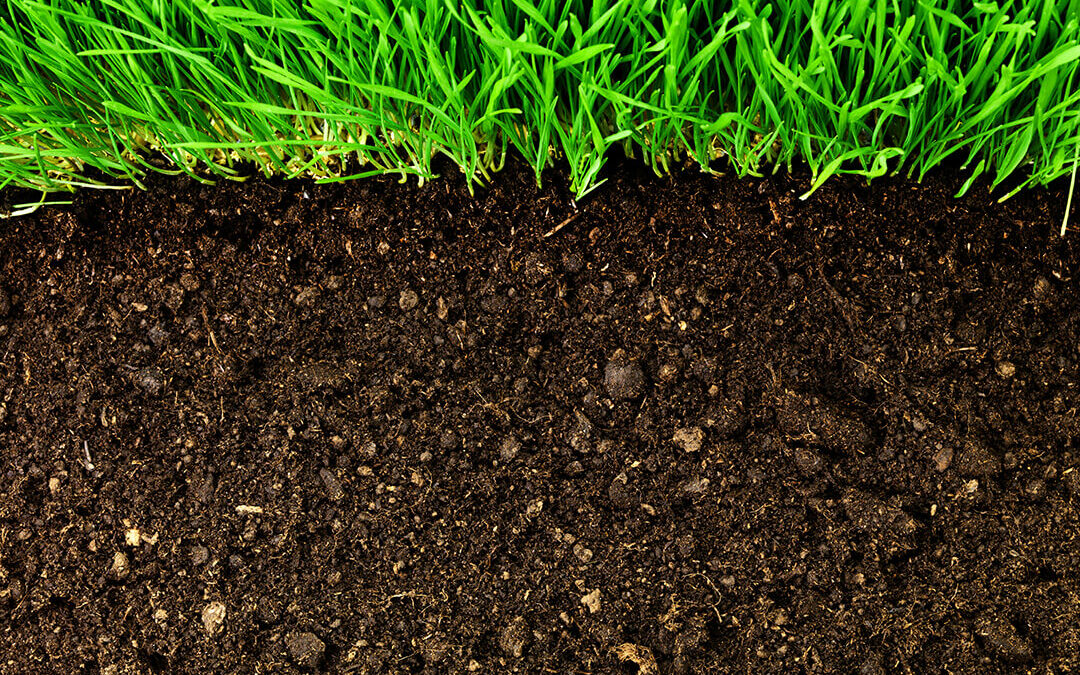
Soil Types and Landscaping
Landscaping that not only is not only beautiful but healthy depends heavily on the quality of the soil that provides a landscape’s foundation. As in most places, Southwestern Ontario’s distinct regional climate and geological conditions shape the native soils. In this blog post, we will explore the connection between soil types and landscaping, delve into the characteristics of Southwestern Ontario soils, and discuss how homeowners can improve soil conditions in their own landscapes.
The Significance of Soil in Landscaping
Soil serves as the lifeblood of any garden, influencing plant health, growth, and overall ecosystem balance. Its physical, chemical, and biological properties contribute to water retention, nutrient availability, and microbial activity – all crucial factors for a flourishing landscape. Properly managed soil can enhance plant resilience, reduce erosion, and create a sustainable and visually appealing outdoor space.
Southwestern Ontario Soils
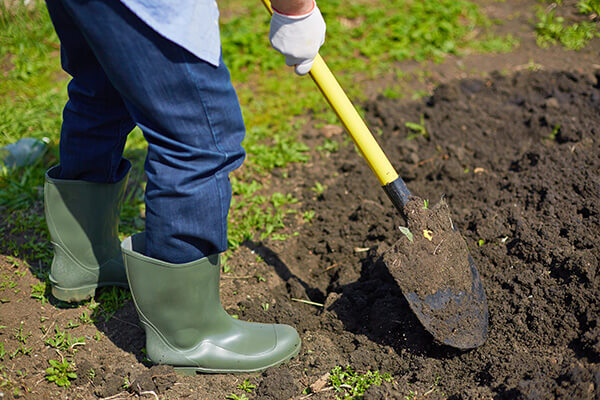 The soils in Southwestern Ontario are diverse, shaped by various factors including climate, parent material, and topography. Common soil types include clay, loam, and sandy soils. Each soil type has unique characteristics that affect water retention, drainage, and nutrient availability.
The soils in Southwestern Ontario are diverse, shaped by various factors including climate, parent material, and topography. Common soil types include clay, loam, and sandy soils. Each soil type has unique characteristics that affect water retention, drainage, and nutrient availability.
Clay Soil
Clay soils are heavy and compacted, which allows them to retain water well. However, they can also result in poor drainage and aeration. To improve clay soil, adding organic matter such as compost can enhance its structure and drainage. Simply adding sand to dry soil can also improve drainage, as can adding garden lime. Clay soil comprises a significant proportion of the soils in our region.
Loam Soil
Loam soil is a well-balanced combination of sand, silt, and clay. It is ideal for gardening due to its excellent water retention and drainage properties. Regular addition of organic matter helps maintain its fertility.
Sandy Soil
Sandy soils consist of larger particles that drain quickly. However, they struggle to retain water and nutrients. Adding organic matter, such as compost or well-rotted manure, can improve water retention and fertility.
Best Plants for Different Soil Types
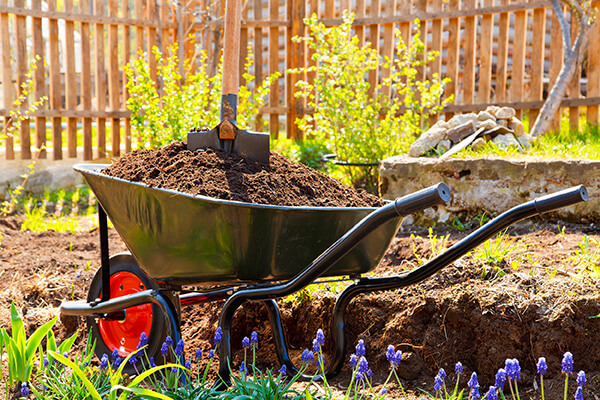 Selecting the appropriate plants for your soil type is crucial for a thriving landscape in Southwestern Ontario:
Selecting the appropriate plants for your soil type is crucial for a thriving landscape in Southwestern Ontario:
Clay Soil
- Plants that tolerate wet conditions: Redtwig dogwood, summersweet, and cardinal flower
- Drought-tolerant options: Russian sage, yarrow, and black-eyed Susan
Loam Soil
- Versatile options: Daylilies, coneflowers, and ornamental grasses.
- Shade-loving plants: Hostas, astilbes, and ferns.
Sandy Soil
- Drought-tolerant plants: Lavender, sedum, and coreopsis.
- Acid-loving plants: Azaleas, blueberries, and rhododendrons.
Even if you have soil that is unsuitable for a particular tree or plant you desire to include in your landscape, you don’t have to give up on the idea entirely. It will require some effort to amend the soil to adequately sustain the chosen specimen.
Amending Soil Conditions
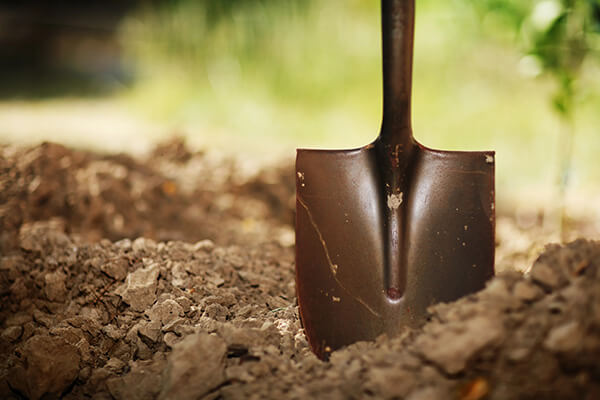 Homeowners in Southwestern Ontario can proactively improve soil conditions to meet their landscaping needs. Here are some suggestions:
Homeowners in Southwestern Ontario can proactively improve soil conditions to meet their landscaping needs. Here are some suggestions:
Adjusting Acidity
- Test the soil pH using a home testing kit.
- To increase acidity, incorporate organic matter like pine needles, peat moss, or sulfur.
- To decrease acidity, introduce lime into the soil.
Improving Drainage
- For clay soils, add organic matter, garden lime, or sand to enhance aeration and drainage.
- For sandy soils, mix in compost to improve water retention.
- Consider installing raised beds or French drains in poorly draining areas.
Homeowners in Southwestern Ontario can achieve a beautiful and sustainable outdoor space by understanding the unique characteristics of their soils and implementing thoughtful improvements. By selecting appropriate plants and maintaining healthy soil conditions, they can create a vibrant and resilient garden that enhances the beauty of their homes while positively contributing to the local ecosystem.

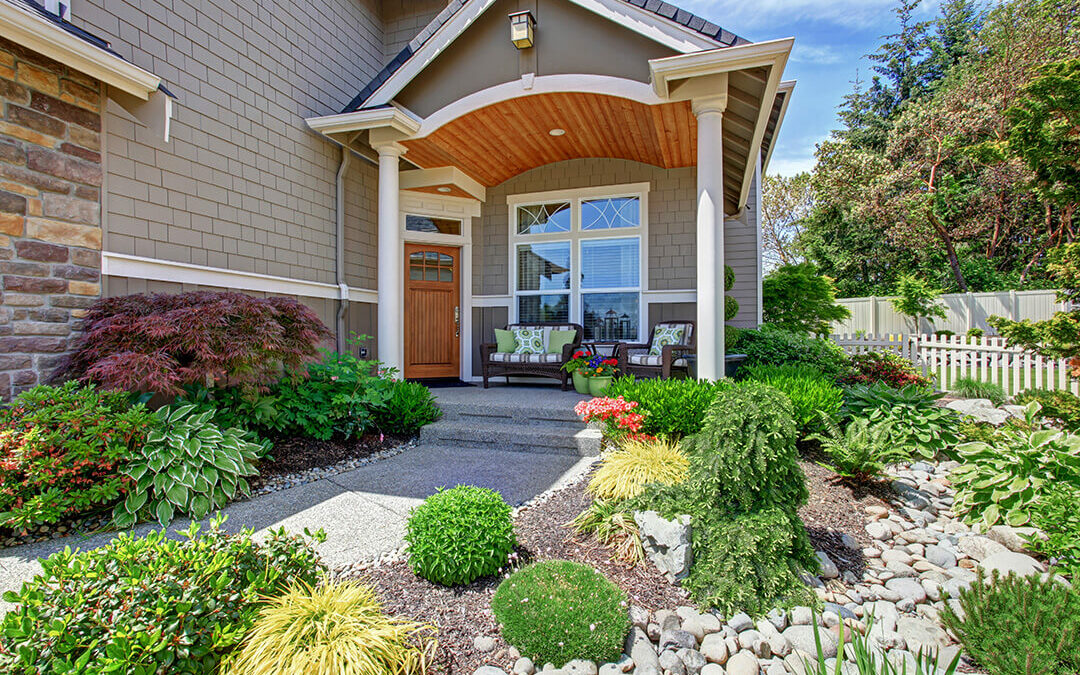
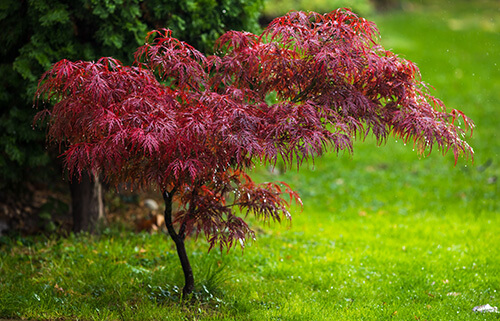 Japanese Maple
Japanese Maple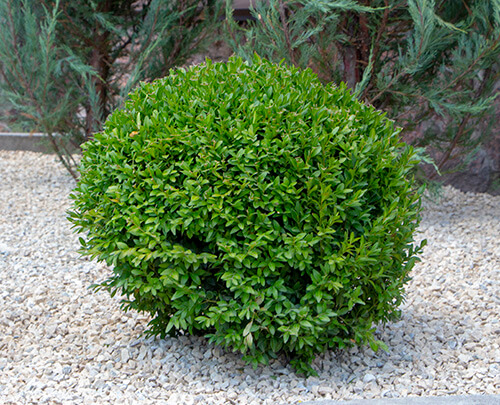 Boxwood
Boxwood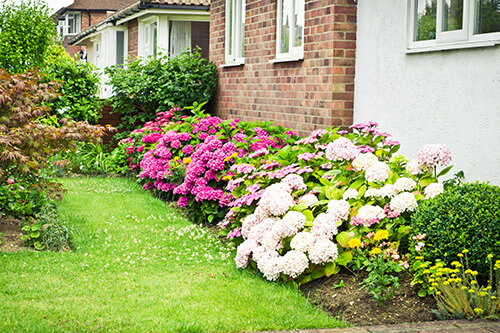 Rhododendrons and Azaleas
Rhododendrons and Azaleas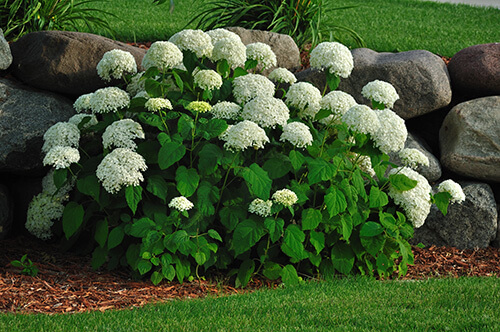 Compact Hydrangea
Compact Hydrangea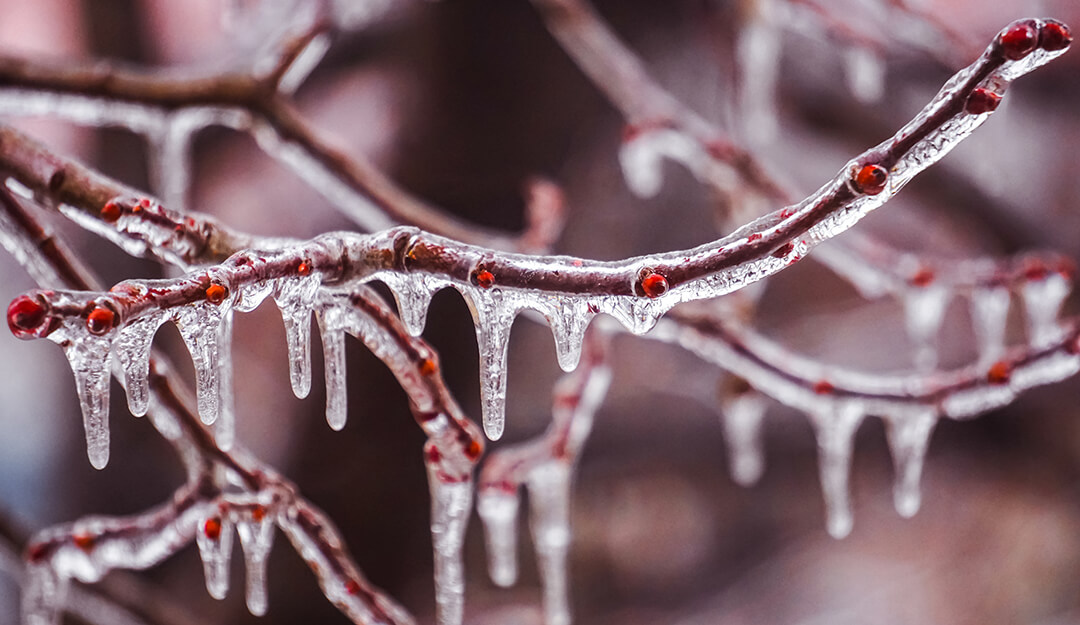
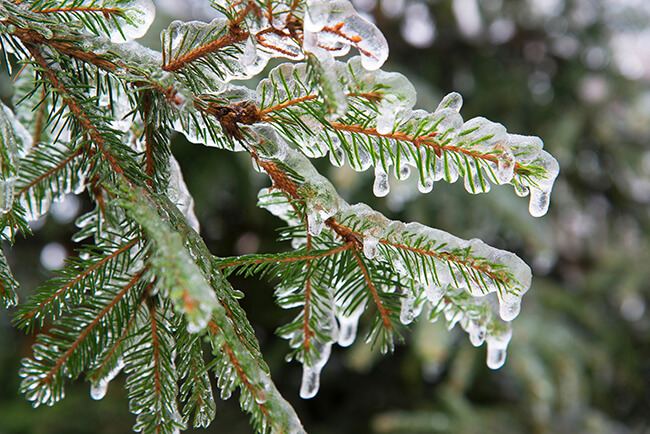 Assessment and Safety Considerations
Assessment and Safety Considerations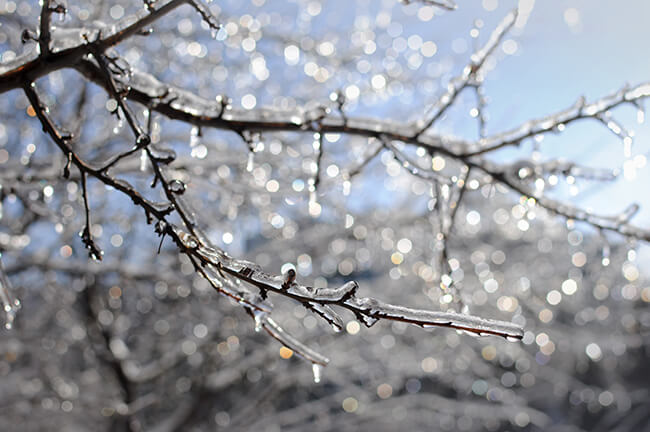 Fertilization and Hydration
Fertilization and Hydration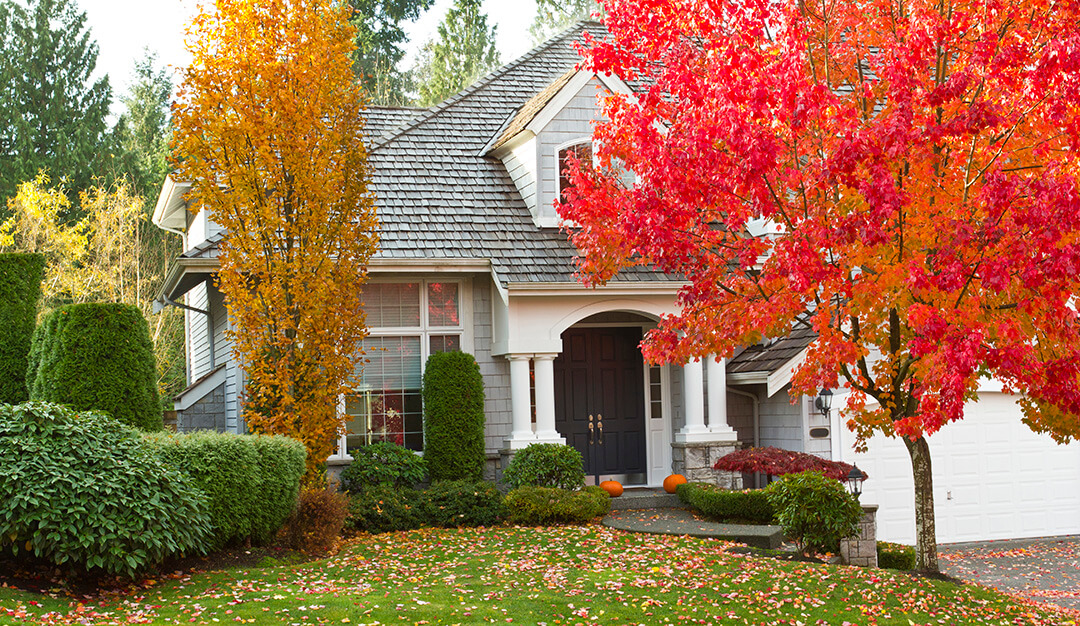
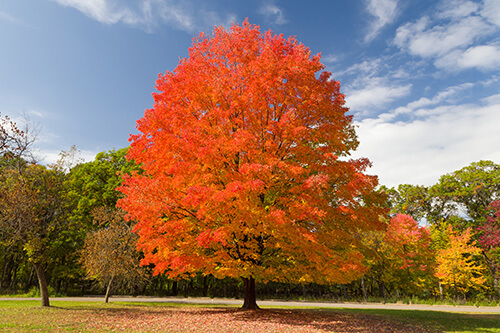 Sugar Maple (Acer spp.)
Sugar Maple (Acer spp.)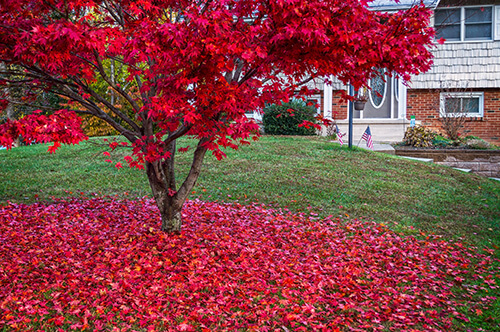 Japanese Maples (Acer palmatum)
Japanese Maples (Acer palmatum)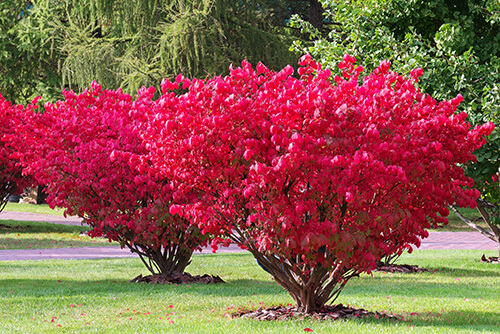
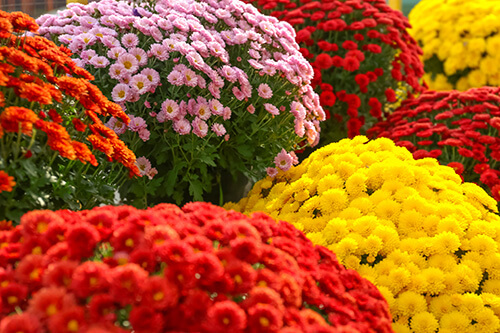 Chrysanthemums (Chrysanthemum spp.)
Chrysanthemums (Chrysanthemum spp.)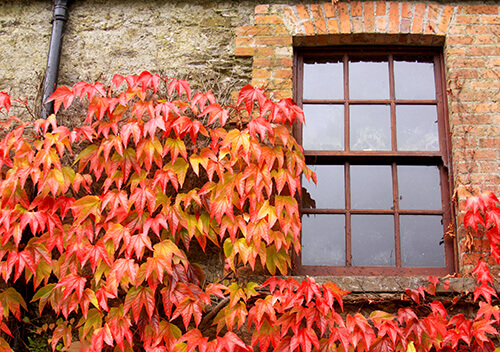 Virginia Creeper (Parthenocissus quinquefolia)
Virginia Creeper (Parthenocissus quinquefolia)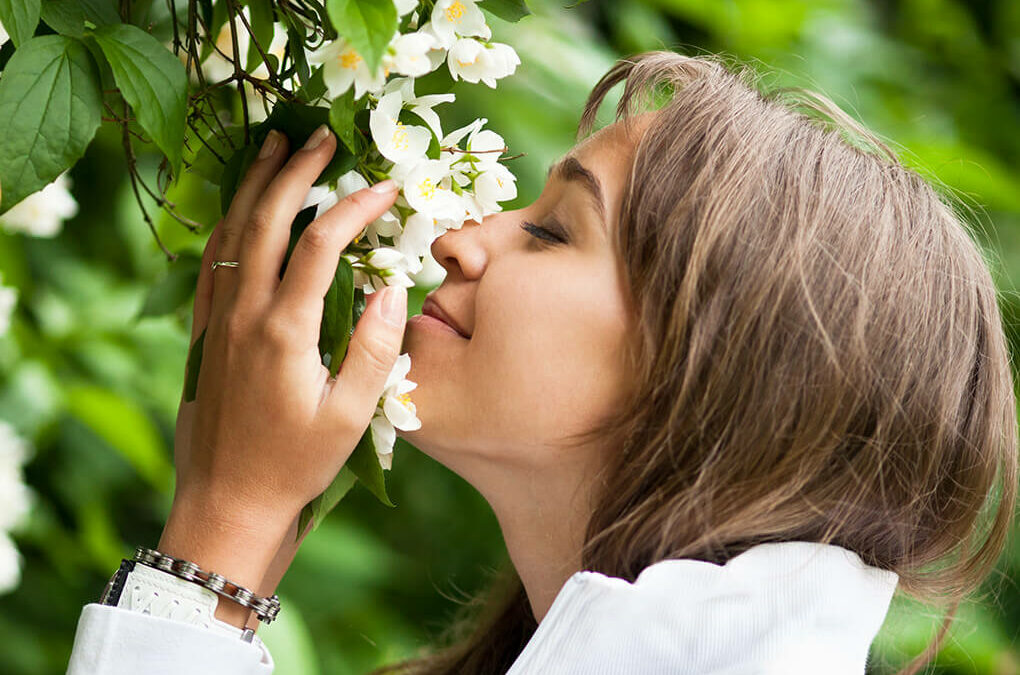
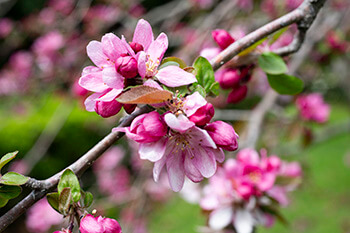 In our region, the climate is perfect for many fragrant trees and shrubs that can be enjoyed throughout the year. In this blog post, we will look at some of the best trees and shrubs that are ideal for fragrance in Southwestern Ontario. Whether you are an experienced gardener or just starting, this post will help you create a beautiful, fragrant oasis in your own backyard.
In our region, the climate is perfect for many fragrant trees and shrubs that can be enjoyed throughout the year. In this blog post, we will look at some of the best trees and shrubs that are ideal for fragrance in Southwestern Ontario. Whether you are an experienced gardener or just starting, this post will help you create a beautiful, fragrant oasis in your own backyard.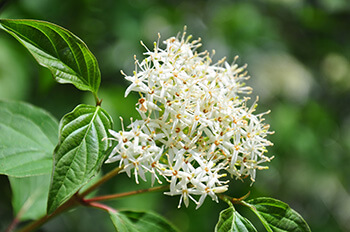 Katsura trees are unique deciduous trees that emit a refreshing, burnt sugar scent in the fall. They have heart-shaped leaves and attractive yellow flowers in the spring.
Katsura trees are unique deciduous trees that emit a refreshing, burnt sugar scent in the fall. They have heart-shaped leaves and attractive yellow flowers in the spring.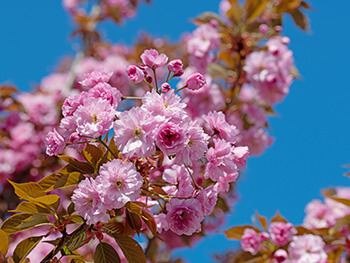
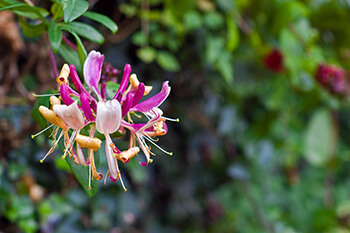
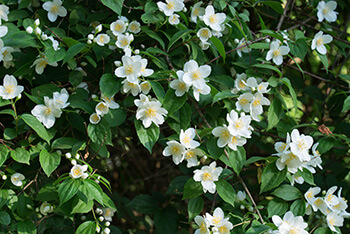
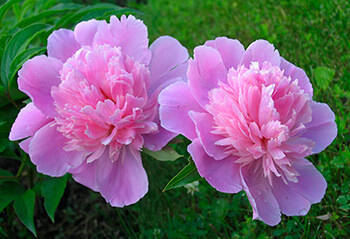
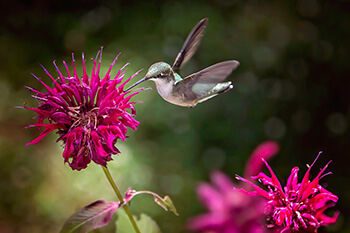 Lavender is renowned throughout the world for adding fragrance and beauty to any garden. This herb has beautiful purple blooms that fill the air with their calming scent.
Lavender is renowned throughout the world for adding fragrance and beauty to any garden. This herb has beautiful purple blooms that fill the air with their calming scent.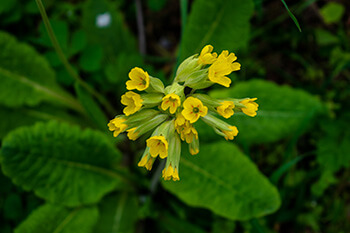 This herb has delicate, fragrant flowers in vibrant shades of pink, purple, and white.
This herb has delicate, fragrant flowers in vibrant shades of pink, purple, and white.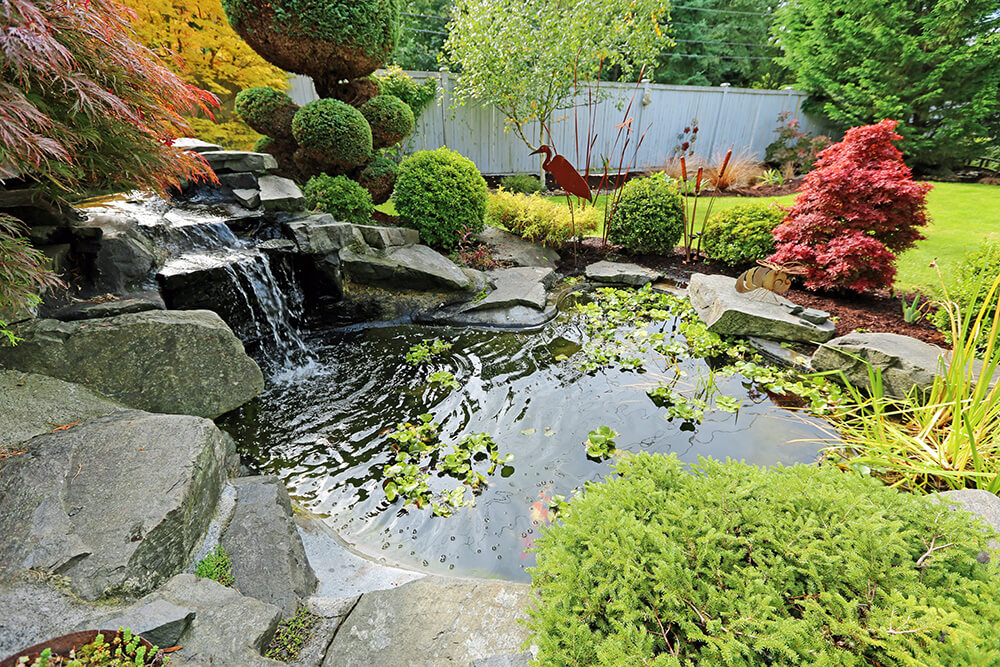
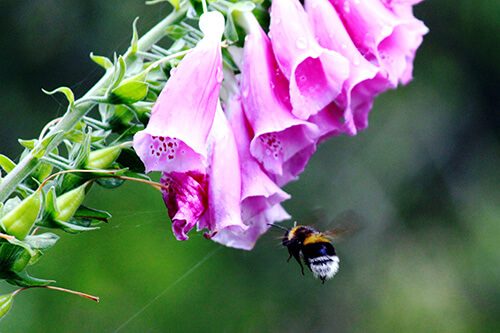 Planting a variety of
Planting a variety of 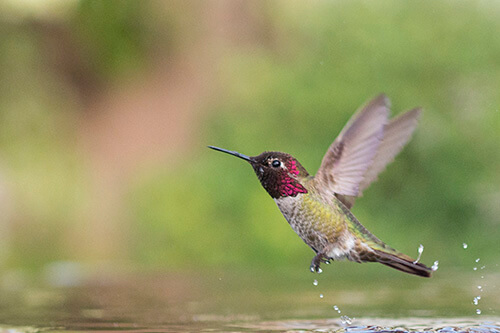 Providing a source of water is essential for wildlife in your backyard. Bird baths and
Providing a source of water is essential for wildlife in your backyard. Bird baths and 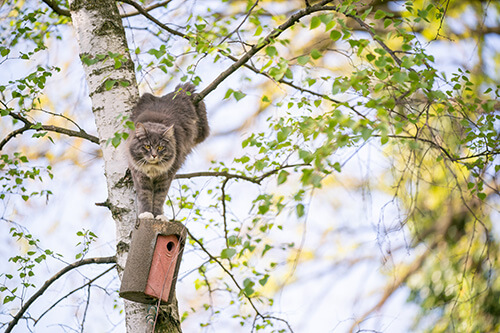 Keeping pets indoors or away from areas of wildlife activity is an important part of protecting wildlife in your backyard. Cats and dogs may be attracted to the small animals in your yard, such as birds, rodents, or other creatures. It is best to keep these pets inside or restrain them while they are outside so they do not disturb or harm any wildlife.Additionally, make sure that any outdoor dog runs are not set up in areas where wildlife likes to rest and feed. By taking these extra steps you can ensure that both your pets and the local wildlife stay safe and happy.
Keeping pets indoors or away from areas of wildlife activity is an important part of protecting wildlife in your backyard. Cats and dogs may be attracted to the small animals in your yard, such as birds, rodents, or other creatures. It is best to keep these pets inside or restrain them while they are outside so they do not disturb or harm any wildlife.Additionally, make sure that any outdoor dog runs are not set up in areas where wildlife likes to rest and feed. By taking these extra steps you can ensure that both your pets and the local wildlife stay safe and happy.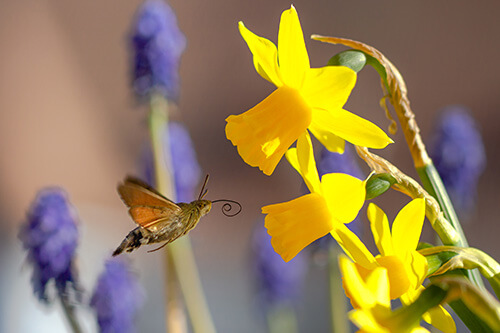 Providing undisturbed areas in your garden is a great way to support local wildlife. By leaving some areas of your garden untouched, you are giving animals the chance to make their own homes without interruption from people or pets.This can take the form of wild patches of grass, untended corners of your yard, or piles of sticks and logs that provide harborage for small creatures. Even if it seems like doing nothing is best, keeping these areas free from human activity and disturbance will be beneficial to the wildlife that makes use of them.
Providing undisturbed areas in your garden is a great way to support local wildlife. By leaving some areas of your garden untouched, you are giving animals the chance to make their own homes without interruption from people or pets.This can take the form of wild patches of grass, untended corners of your yard, or piles of sticks and logs that provide harborage for small creatures. Even if it seems like doing nothing is best, keeping these areas free from human activity and disturbance will be beneficial to the wildlife that makes use of them.